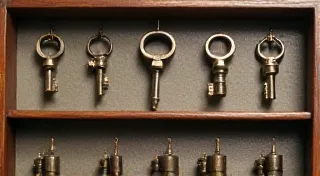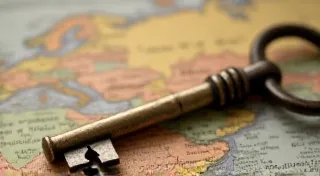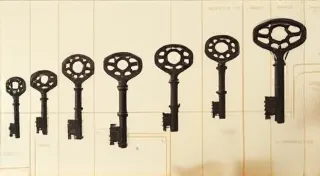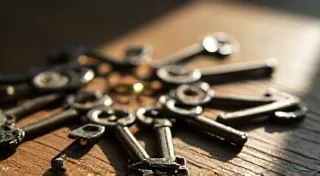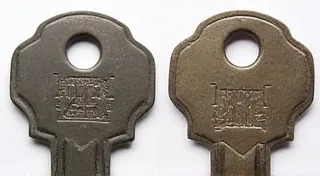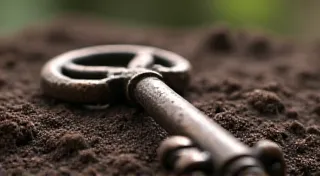The Symbolism of Keys in History and Folklore
Keys. We use them daily to unlock doors, cars, and homes. But beyond their practical function, keys have held profound symbolic meaning across cultures and throughout history. They represent far more than just access; they embody secrets, power, transitions, and the potential for unlocking something hidden within ourselves.
Ancient Civilizations and the Key of Authority
The association of keys with power and authority stretches back to ancient civilizations. In ancient Rome, only slaves and those deemed unworthy were given keys. Key-bearers held positions of considerable importance and trust, signifying their authority to access and control valuable assets and guarded spaces. The Roman emperor often held keys representing his dominion and right to access all parts of the empire.
Similarly, in ancient Egypt, keys were often depicted alongside deities, signifying their power to unlock divine mysteries. The keys to the afterlife, for example, were thought to be held by powerful gods, controlling passage into the realm of the dead.
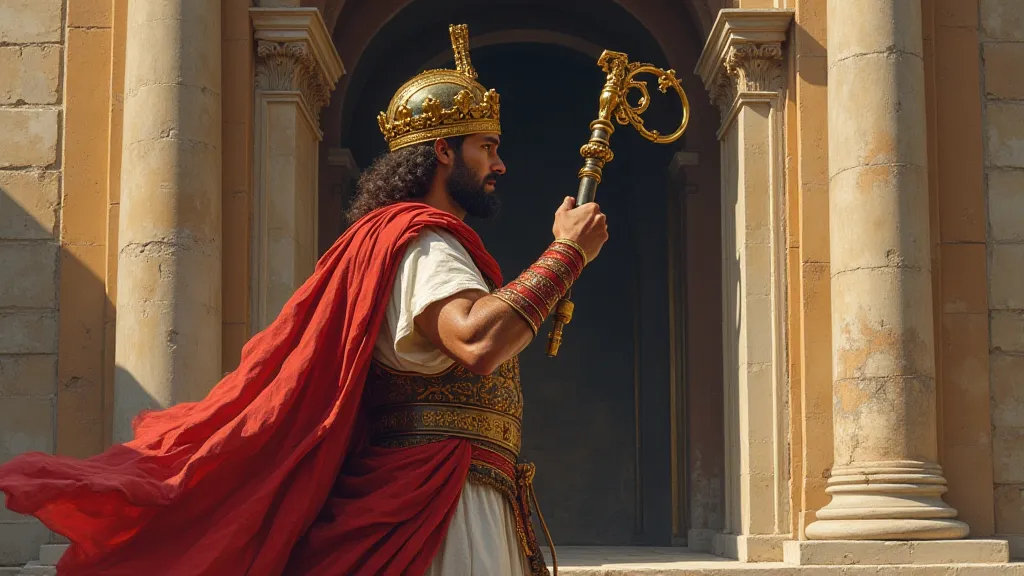
Keys in Religion and Mythology
Religious traditions worldwide have incorporated the key motif into their symbolism. In Christianity, Saint Peter is often depicted with keys – the “keys to the kingdom of heaven.” This imagery represents his authority to bind and loose, to grant entry or deny it based on faith and adherence to divine principles. The Vatican's symbol, the crossed keys of Saint Peter, is a visual representation of this powerful symbolism. The concept extends beyond a single representation, influencing architectural design and symbolism across generations.
In Greek mythology, keys are associated with Hermes, the messenger god and god of transitions. He was the keeper of boundaries and gateways, and keys represented his role in facilitating movement between worlds. Consider the meticulous craftsmanship of antique locks and keys; understanding the mechanics of how they functioned, particularly the differences between a simple mortise key and a bit key, adds another layer of appreciation for their historical significance.
Folklore and the Key to Inner Transformation
Folklore tales often utilize the key as a metaphor for unlocking potential and overcoming obstacles. In many fairytales, a lost or stolen key represents a hidden opportunity or a vital secret needed to complete a quest. Finding the key could symbolize unlocking inner strength, discovering hidden talents, or resolving a personal challenge. The journey to find the key is often as important as the key itself, representing perseverance and resourcefulness.
The concept of a 'skeleton key' in folklore is also intriguing. These keys, capable of opening many different locks, often represent the ability to access what is hidden, or the potential to bypass established boundaries. This can be interpreted both positively – as the ability to overcome adversity – and negatively, suggesting intrusion and exploitation. Think of the intricate designs of antique furniture; understanding the role of keys in securing these cherished pieces, and appreciating their design, offers a unique insight into the craftsmanship of the era.
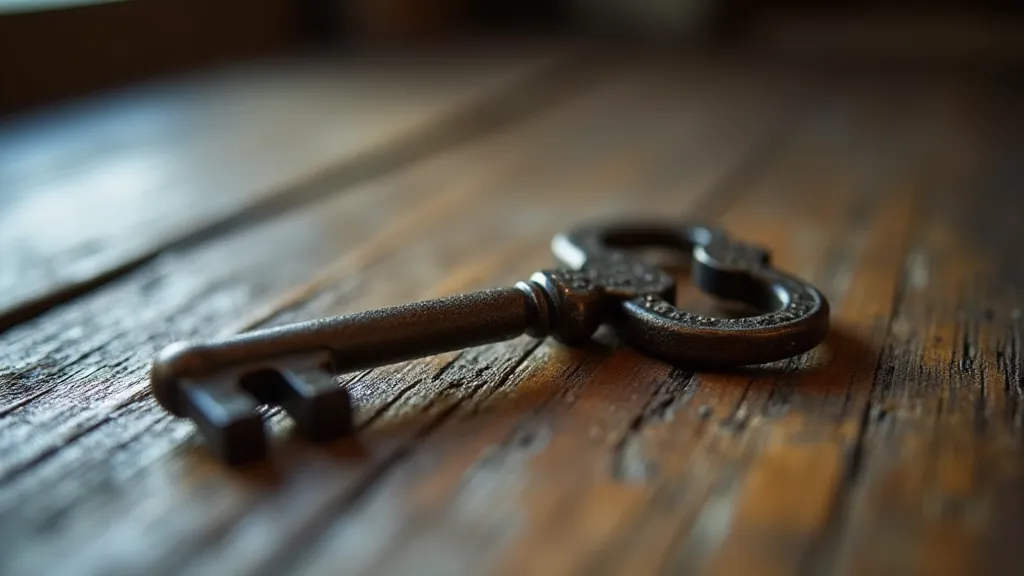
Antique Keys: More Than Just Metal
For collectors of antique keys, appreciating their historical and symbolic significance adds another layer of enjoyment. Each key tells a silent story, carrying echoes of the people who used it and the places it opened. Recognizing the symbolism inherent in antique keys deepens our understanding of their value—not just as objects, but as cultural artifacts representing power, mystery, and the enduring human desire to unlock the secrets of the past.
Collecting antique keys isn’t just about the metal and design; it's about holding a piece of history, a tangible representation of a world rich in symbolism and meaning. But where does one start a collection, and how does one navigate the world of antique finds without breaking the bank? Exploring key collecting on a budget offers practical advice and inspiration for those eager to begin their own journey into the fascinating world of antique keys.
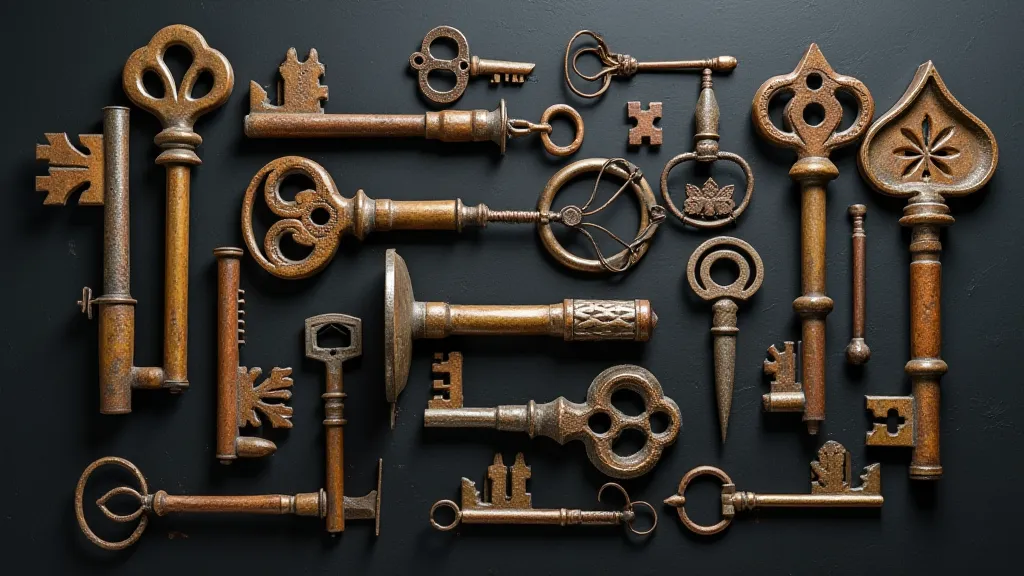
The Cartography of Absence: Deciphering the Stories Behind the Locks
The beauty of antique keys goes beyond their aesthetic appeal; they are vessels of untold narratives. Consider the context in which these keys were used – grand palaces, humble dwellings, bustling marketplaces. Each lock was a guardian of something valuable, and the key represented the power to access it. This concept is further explored in the cartography of absence, a fascinating examination of how antique keys can reveal lost narratives and untold stories from the past. It emphasizes that the absence of a key – the fact that it's *not* there – can be as telling as its presence.
The Mechanics of Antique Locks and Keys
Beyond the symbolism, there's a genuine appreciation to be had for the engineering behind antique keys and locks. The intricacy of their design, the precision required for their manufacture – all speak to a level of craftsmanship rarely seen today. Understanding the difference between various types of keys – for example, discerning a mortise key vs. bit key – not only provides insight into their function but also deepens your appreciation for the ingenuity of past artisans.
Antique Keys in Interior Design and Furniture
Antique keys aren't just prized by collectors; they also hold a special place in the world of interior design and antique furniture restoration. The original keys for a piece of furniture are often considered essential for maintaining its historical integrity and value. They complete the story of the piece, offering a tangible link to its past. The history and purpose of keys are intertwined with the function of the furniture they guarded, demonstrating a unique interplay between design and security. Many furniture pieces, especially those dating back centuries, relied on intricate lock systems to safeguard their contents. The role of keys in antique furniture is a testament to the ingenuity of past furniture makers and a window into the security practices of bygone eras.
Preserving the Legacy: Caring for Your Antique Key Collection
Owning antique keys is a responsibility as well as a privilege. Proper care and preservation are essential for ensuring that these precious artifacts endure for generations to come. Avoid harsh cleaning agents, store keys in a dry environment, and handle them with care. The preservation of antique keys requires an understanding of their materials and the environmental factors that can impact their condition. With careful attention and thoughtful preservation techniques, antique keys can continue to tell their stories for many years to come.
The world of antique keys is vast and endlessly fascinating. From their symbolic significance in mythology and folklore to their intricate mechanics and historical context, these small objects offer a unique window into the past. Whether you're a seasoned collector or just beginning to explore the world of antique keys, there's always something new to discover. So, unlock your curiosity and embark on a journey into the captivating world of keys – a world filled with secrets, stories, and the enduring power of discovery.
